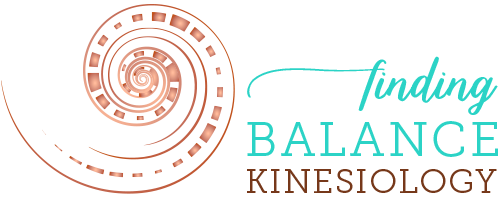Massage
A massage to suit everybodyMyofascia (deep tissue) massage
The fascia is the connective tissue that supports every muscle, organ, joint and nerve in the body. The fascia can change from a fluid to a gel and back. When inflammed over a period of time this causes the connective tissue to thicken which causes pain, restriction of movement and increased chances of injury.
During a myofascia massage, pressure and stretching are applied to soften the connective tissue, releasing the tightness. This allows for normal movement and reduction of pain.
The fascia is rich in parasympathetic nerves. A myofascia massage helps to activate this rest and digest system, bringing us out of fight and flight.
Relaxation massage
Stress is a natural part of life. Finding ways to manage the impacts of stress on our body is very important. A relaxation massage helps to unwind the muscular and emotional stress of day-to-day life. Whether that is from being on a computer or phone frequently, causing shoulder and neck tension. Sitting for long periods of time causing lower back pain. Or the muscular tension that is caused by prolonged stress. Massage helps to reset the muscles to their neutral state, reducing pain and improving movement.
As well as the muscles responding to stress in the body by tightening, the muscle state also feeds back to our nervous system (our stress gauge). When the body is physically relaxed this sends a calming signal to our brain telling it we feel safe.
Lymphatic drainage massage
The lymphatic system plays an important role in the body’s immune system, digestion, waste management and fluid levels.
A sluggish lymphatic system can include symptoms such as fluid retention, fatigue, and reoccurring illness.
The lymph system does not have a pump like our heart and requires movement to function. This normally occurs when we move our bodies. A lymphatic massage helps to support the natural movement of lymph (fluid) encouraging the drainage of lymph nodes.
The massage is very gentle and relaxing. By helping to remove toxins, excess fluid and waste from the body, lymphatic drainage massage helps to promote overall health and enhance the
Cupping
Cupping applies a suction on the skin creating a negative pressure, this stretches the muscle to treat myofascial trigger points or knots.
Cupping draws blood to the area to help muscular health.
Sliding the cups warms up the area, by stretching the muscle and highlights any binds or tights spots in the muscle.
Stationary cups can be left on the area to create a long sustained stretch which can soften the tight muscle.
Due to the marks that some people can be left with after cupping you might assume cupping is painful. While if you have a particulary tight muscle there can be some discomfort while the cup is being moved. This can be reduced by changing the pressure or leaving the cup stationary which is normally painless. After a treatment most people find there is no or little discomfort from the session.
